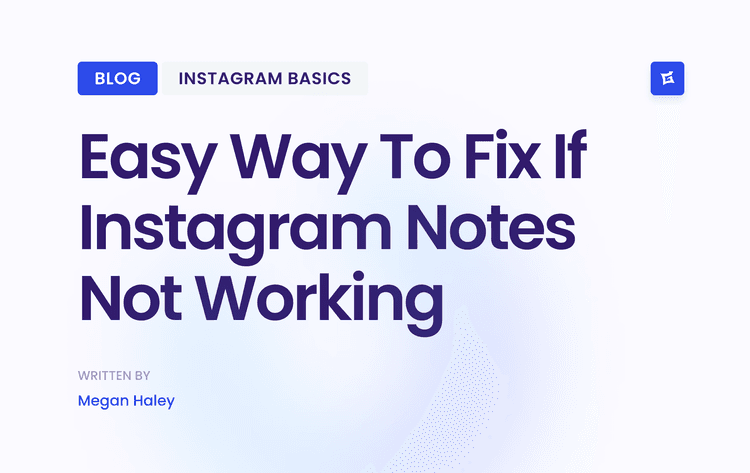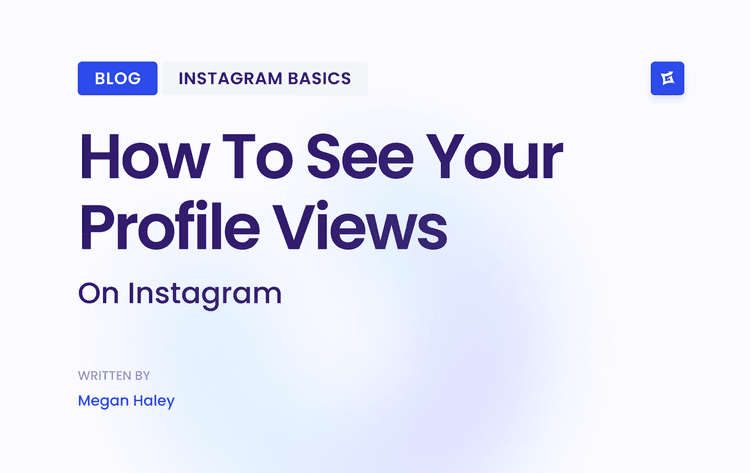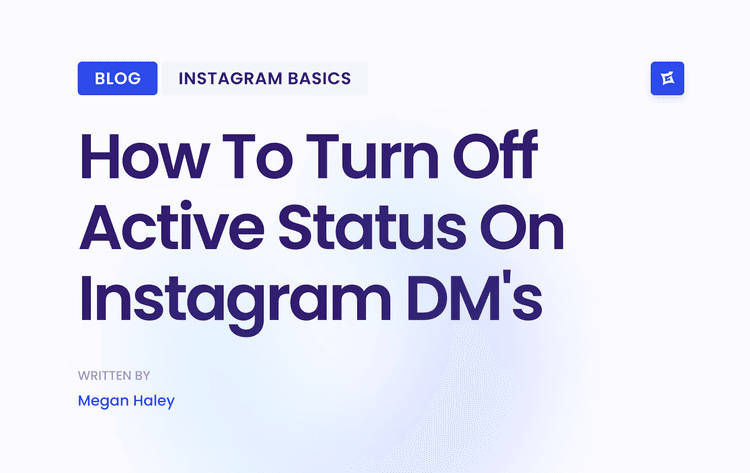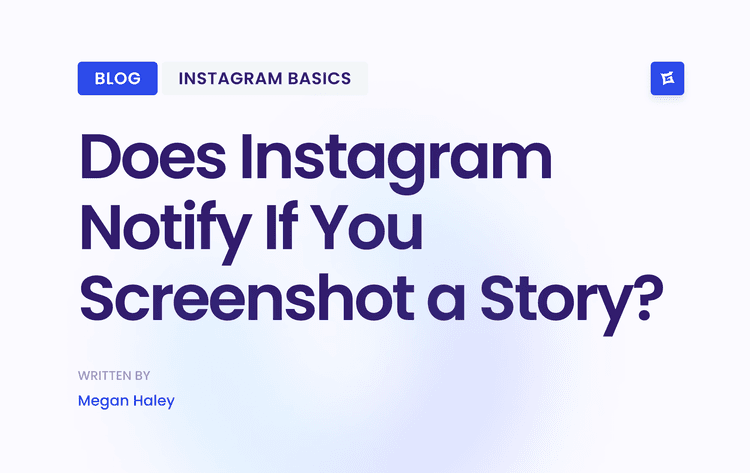Why Customer Lifetime Value Is Your New North Star
It’s easy to get caught up chasing what's new—the next lead, the next sale, the next shiny marketing campaign. But what if your most powerful engine for growth is already hiding in your customer list? The entire conversation around business priorities is shifting, and for good reason. Improving customer lifetime value (CLV) has moved from a back-office metric to a core business strategy.
The logic behind this shift is pure economics. Over the last eight years, the cost to acquire a new customer has increased by a staggering 222%. That kind of increase makes the old "growth at all costs" model completely unsustainable for most companies.
When you flip the coin, the argument for focusing on retention becomes incredibly compelling. If you're curious about the specific data behind these trends, you can check out some eye-opening recent customer lifetime value statistics.
From Metric to Mindset
Simply looking at CLV as a number on a dashboard is a huge missed opportunity. It's a guiding principle, a true north star that should shape everything you do, from product development and marketing to your customer service philosophy. When your entire team rallies around improving CLV, their priorities naturally align with creating long-term, sustainable success.
Pivoting to this mindset unlocks some serious advantages:
Drives Sustainable Profitability: Keeping customers is just flat-out more profitable than finding new ones. Groundbreaking research from Bain & Company has shown that a mere 5% increase in customer retention can boost profits by anywhere from 25% to 95%. Think about that.
Enables Smarter Resource Allocation: Once you know who your most valuable customers are, you can stop guessing. You can invest your marketing budget and service resources where they’ll generate the absolute highest return.
Builds Incredible Brand Resilience: Loyal customers are your buffer. They’re more forgiving of the occasional slip-up and far less likely to jump ship for a competitor's discount. In tough economic times, they are your bedrock.
> The big idea here is that one loyal, engaged customer who keeps coming back is infinitely more valuable than a dozen one-time buyers. They become your best salespeople, referring new business and offering priceless feedback.
If you’re ready to move from theory to action, there are many proven strategies for increasing customer lifetime value that detail the practical steps you can take.
Ultimately, making CLV your north star doesn't just make you more money—it forces you to build a better, more resilient, and more customer-centric business from the ground up.
To put it all together, here’s a quick-reference table that connects the strategies we'll be discussing with the direct impact they can have on your business.
CLV Improvement Levers and Their Potential Impact
Onboarding & First Experience involves creating a seamless and valuable initial interaction to set the stage for a long-term relationship. This approach reduces early-stage churn and increases the likelihood of a second purchase.
Personalization & Segmentation focuses on tailoring communication, offers, and experiences based on customer behavior and preferences. This boosts engagement, conversion rates, and Average Order Value (AOV).
Loyalty & Rewards Programs incentivize repeat purchases and engagement through exclusive benefits, points, or tiers. This strategy increases purchase frequency, retention rates, and fosters brand advocacy.
Exceptional Customer Service means providing fast, empathetic, and effective support across all channels to resolve issues and build trust. It turns potential detractors into loyal fans and significantly reduces churn.
Feedback Loops & Iteration involve actively collecting customer feedback and using it to improve products, services, and the overall experience. This enhances customer satisfaction, shows customers they are valued, and drives innovation.
This list serves as a great summary of the core levers you can pull. By focusing on these areas, you're not just tweaking a metric; you're fundamentally improving the health and profitability of your entire operation.
How to Calculate Your CLV
Before you can start boosting your customer lifetime value, you need a clear, no-nonsense way to measure it. Let's put the intimidating spreadsheets and complex models aside for a moment. At its heart, CLV is just about figuring out what a customer is worth to your business over the long haul.
To get started, you'll need to pull together a few core data points.
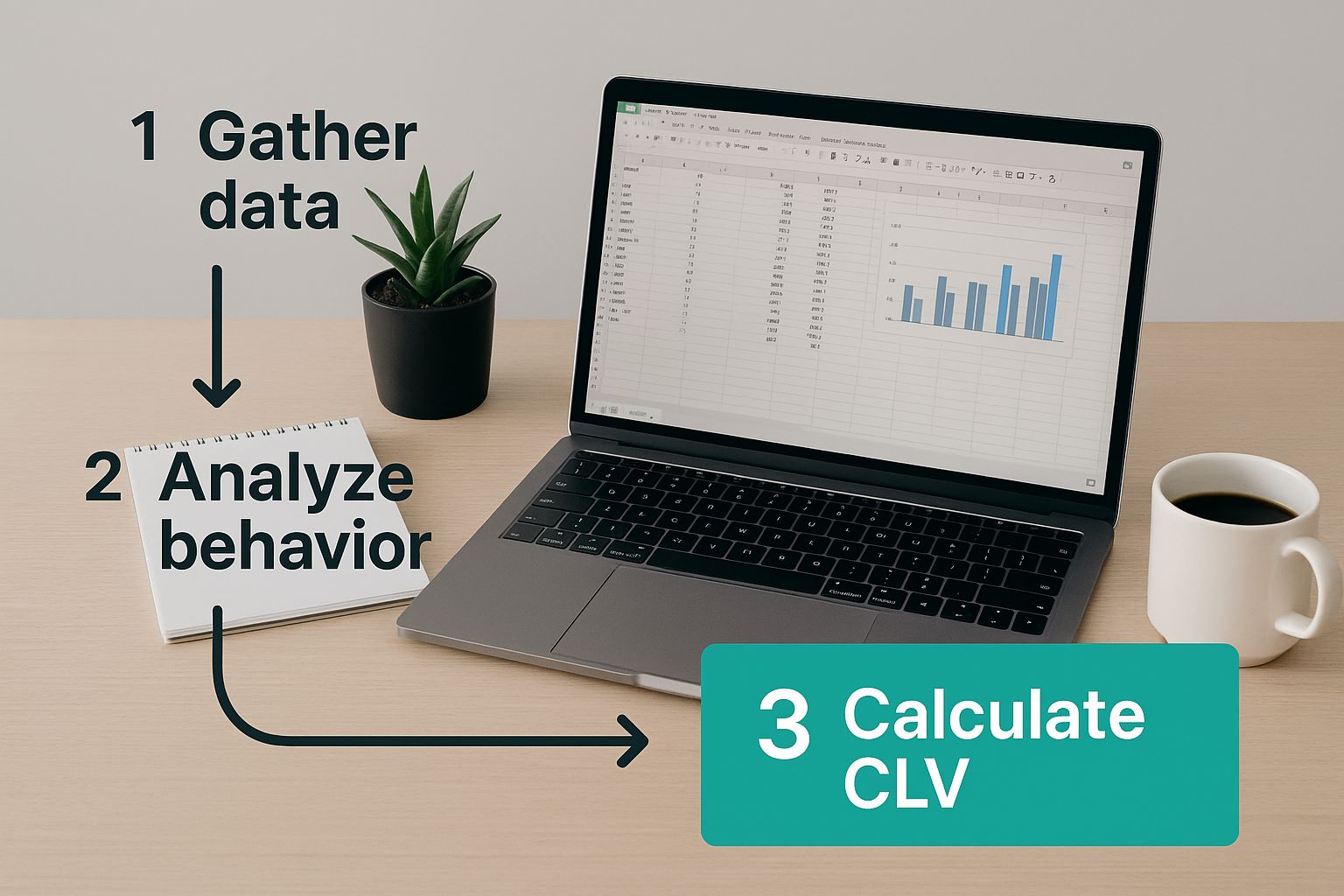
As you can see, calculating CLV starts with fundamental metrics like purchase history and customer engagement. The good news is that this data is usually sitting right inside your e-commerce or CRM platform, ready to be used.
The Simple Historical CLV Model
The most straightforward way to get a number is by using the historical model. It’s based entirely on past data, giving you a solid baseline to work from. This approach is perfect if you're just dipping your toes into CLV or don't have a data science team on standby.
You'll just need three key metrics:
Average Purchase Value (APV): This is simply the average amount a customer spends each time they buy from you. To find it, divide your total revenue by the total number of purchases over a specific period.
Purchase Frequency (PF): This tells you how often a customer buys from you within that same period. Calculate it by dividing the total number of purchases by the number of unique customers.
Average Customer Lifespan: This is the average time a customer sticks around. It can be a bit tricky to nail down, but for a newer business, estimating a lifespan of one to three years is a common starting point.
Once you have those figures, the math is simple: (APV x PF) x Average Customer Lifespan = CLV. This formula hands you a tangible number that represents an average customer's total worth.
Why Segmenting Your CLV Is a Game Changer
Calculating a single, business-wide CLV is a great first step. But the real magic happens when you start segmenting. A single average can be incredibly misleading because, let's be honest, not all customers are the same. A small cluster of loyal fans might be worth 10x more than your one-time, bargain-hunting shoppers.
> By segmenting your CLV, you move from a blurry, one-size-fits-all metric to a high-definition picture of your customer base. You can see exactly who your VIPs are, who is at risk of churning, and who has the potential to become more valuable.
For instance, a SaaS company could segment its CLV by subscription tier (Basic vs. Pro). An e-commerce store might segment by the types of products people buy (skincare vs. makeup). This level of detail allows for much smarter, targeted marketing and retention efforts. Learning how this data can fuel your outreach is a core part of building a powerful content marketing strategy.
Don't fall into the common trap of treating all your customers the same. Calculating your CLV is the starting line, but segmenting that data is what unlocks the actionable insights needed to truly improve customer lifetime value and drive sustainable growth.
Find and Champion Your Best Customers
You’ve probably heard of the 80/20 rule, or the Pareto principle. It’s more than just a business school buzzword—it's a practical roadmap for real growth. The idea is simple: a small, dedicated slice of your customer base drives the lion's share of your revenue. The first step in boosting customer lifetime value isn't some complex new initiative; it's about figuring out who these people are and treating them like the VIPs they are.
This isn't about casting a wide net with broad, generic segments. It’s about a laser-focused effort to identify your high-value audience. You'll need to dig into your CLV data, purchase histories, and engagement signals. Who buys from you most often? Who consistently has the highest cart value? Who opens your emails and engages with your social content? These are the breadcrumbs that lead straight to your most valuable customers.
The power of the Pareto principle is clear in modern commerce. Globally, it’s estimated that 20% of customers generate 80% of revenue. This effect is often even stronger with certain groups. For instance, dedicated app users tend to buy 33% more frequently and can have a CLV that's a staggering three to five times higher than non-app users. If you want to see how top brands are putting this into action, you can explore the 80/20 rule and its impact on CLV.
Pinpoint Your VIPs with Data
To understand—and cater to—your best clients, you need a crystal-clear picture of who they are. It’s not enough to just look at total revenue. You have to dive deeper to build a complete profile. A great starting point is to use a well-structured Ideal Customer Profile (ICP) template to organize your research and make sure you're tracking the attributes that truly matter.
Look for these tell-tale signs to identify your all-stars:
High CLV Score: This is your most direct signal. Start by segmenting the customers in the top 20% of your calculated CLV.
High Purchase Frequency: These are the people who keep coming back. Even if their orders aren't the biggest, their consistent loyalty is an enormous asset.
High Average Order Value (AOV): Zero in on the customers who consistently spend more each time they check out. They see the value in what you offer.
Strong Brand Engagement: Find the people who do more than just buy. They're the ones leaving glowing reviews, referring their friends, and interacting with you on social media.
> Once you've identified this core group, your mission is simple: do everything you can to keep them happy. This is where you pivot from analysis to action, creating experiences that make them glad they chose you, over and over again.
Create an Unbeatable VIP Experience
Knowing who your best customers are is only half the job. Now, you need to make them feel special with strategies that build genuine, lasting loyalty. These tactics go far beyond standard marketing—they’re about creating a real sense of community and exclusivity.
For example, a boutique clothing store could create a private online portal for its top customers, giving them a sneak peek and first chance to buy new collections before anyone else. It's a simple gesture, but that feeling of being an insider is powerful and encourages future spending.
It works for B2B, too. A SaaS company could reward its power users with more than just a standard support ticket. Imagine offering them a dedicated account manager, free access to premium training webinars, or an invite to an exclusive Slack community where they can network with other pros. You're essentially building a protective moat around your best customers.
If you’re looking for more inspiration on this front, our guide on effective community engagement strategies is packed with practical tips. By creating these kinds of high-touch experiences, you’re not just retaining customers—you're actively and intentionally increasing their lifetime value.
Turn Customer Data Into Experiences They'll Love
Let’s be honest: just dropping a customer's first name into an email isn't personalization anymore. It’s the bare minimum. Real growth, the kind that turns a first-time buyer into a lifelong fan, comes from using the data you already have to create experiences that feel genuinely one-to-one.
This means looking past the basics, like age and location, and digging into behavioral data. You're sitting on a goldmine of information: what they look at on your site, what they've bought before, how they've interacted with support, and even what they left in their shopping cart. Every single one of these actions tells a story about what they need from you next.

From Data Points to Real Conversations
Your goal is to make every touchpoint feel like you're picking up a conversation right where you left off. Stop blasting your entire list with the same generic promotion. Instead, you can segment and target with surgical precision.
Think about an online store that shows a completely different homepage to every person who logs in. A customer who bought running shoes last month might see a banner for new moisture-wicking socks and a deal on energy gels. Meanwhile, someone who was just browsing winter coats sees your new seasonal collection featured up top. This isn't some far-off tech fantasy; it's just smart data at work.
This is where you unlock serious value. A global survey found that 86% of executives believe these data-driven strategies directly improve profitability. It's no surprise, given that businesses nailing this kind of personalization see a 5% to 15% increase in their CLV. You can find more analysis on how harnessing data can upscale customer value on Bridgenext.com.
How to Personalize the Journey
Putting this into action doesn't mean you need a team of data scientists on standby. You can start with small, high-impact changes using the information you already have.
Smart Product Recommendations: Go beyond "people also bought." Use a customer's specific purchase and browsing history to suggest things they'll genuinely want. If they bought a camera, show them compatible lenses or a tripod, not just a random bestseller.
Behavior-Triggered Emails: Set up automated messages based on customer actions. The abandoned cart email is a classic, but don't stop there. What about a "we miss you" campaign sent to a customer who hasn't bought in 90 days, complete with an offer tailored to their last purchase?
Segmented Content and Offers: Group customers by their CLV score, purchase frequency, or interests. Your top-tier VIPs could get early access to a new product line, while first-time buyers receive a welcome series that guides them to your most popular items.
> The key takeaway: Prove you're paying attention. When customers feel like you get them, their trust deepens, their loyalty grows, and their lifetime value naturally follows. It's about being genuinely helpful, not just endlessly promotional.
For instance, a travel agency could see that a customer booked a family trip to Mexico last year. Instead of a generic "book now" email, they could send a personalized suggestion for a similar resort in Costa Rica, highlighting kid-friendly activities based on their previous trip. That’s how you turn a marketing message into a welcome recommendation and boost your CLV in the process.
Build Loyalty Through an Unforgettable Customer Experience
If you want customers to stick around and spend more, you have to give them a reason. It all comes down to the customer experience (CX). When every interaction is positive, seamless, and makes them feel valued, they simply won't want to look elsewhere. This isn't just about good manners; it's a direct path to a higher customer lifetime value.

This journey starts the moment they first engage with you. For an e-commerce brand, a frictionless onboarding might be a simple, intuitive checkout followed by a welcome email series that actually offers value instead of just a hard sell. For a SaaS company, it could be a quick, interactive tutorial that helps a new user get that first "aha!" moment within minutes.
That great first impression needs to be backed by proactive support. Don't just sit back and wait for problems to snowball into angry support tickets. Today's tools and a customer-first mindset can help you get ahead of issues. The data backs this up: when customers feel you truly understand them, 82.5% are more inclined to buy from you again.
Turn Feedback Into Action
Listening to your customers is non-negotiable. But "listening" means more than just sending out surveys and collecting scores. You have to take that feedback and turn it into real, tangible improvements.
Think of it this way: a negative review about a complicated returns process isn't just a complaint. It's a gift—a roadmap showing you exactly where to fix a major point of friction in your customer journey.
Imagine a clothing retailer noticing a pattern in feedback about confusing sizing. Instead of ignoring it, they create a detailed sizing guide complete with video tutorials and photos from other customers. By directly addressing the issue, they not only reduce returns but also show their customers that their voices matter. That's how you build trust.
As you scale, you can also explore how tools like virtual assistants for customer service can help you deliver personalized support more efficiently.
> The goal is to create an environment where every single interaction, from the initial purchase to a random support question, strengthens the customer relationship. This commitment is one of the most powerful ways to improve customer lifetime value.
Make Every Touchpoint Matter
A truly memorable experience is consistent across every single channel. Whether a customer is scrolling through your app, walking into a store, or seeing your posts on social media, the feeling should be the same. Your brand's tone, policies, and service level have to feel connected and unified.
Here are a few practical ways to make every interaction count:
Simplify the purchase process. Offer multiple payment options and make sure your checkout is dead-simple on mobile. For returning customers, a one-click purchase option is a small feature that delivers a huge loyalty boost.
Make returns effortless. Nothing sours a great buying experience faster than a difficult return. Build trust by offering prepaid labels and a clear, simple policy.
Engage beyond transactions. Use social media to build a genuine community. Respond to comments and share content from your users to make your brand feel more human and relatable. Our guide on building a winning social media marketing strategy has plenty of ideas for this.
When you focus on creating an exceptional and cohesive experience, you build the kind of trust and positive feeling that translates directly into higher retention and increased CLV. It's a long-term investment, but one that pays incredible dividends.
Answering Your Top Questions About Customer Lifetime Value
Even when you have a solid plan, actually putting a CLV program into motion can bring up some tricky questions. It happens to everyone. Let's walk through some of the most common hurdles I see business owners face so you can move forward with confidence.
The idea is to get you from theory to real-world action. These practical answers should clear up any confusion and help you navigate those early challenges.
Where Do I Start If I Have Limited Data?
This is probably the most common question I hear, and it's a completely fair one. It's easy to feel like you need a sophisticated analytics setup to even begin, but the truth is, you don't. The best advice is always to start simple.
You can calculate a basic historical CLV using data you almost certainly already have in your e-commerce platform or payment processor. Just focus on two key numbers: average order value and how often customers buy.
Use that simple math to pinpoint your top 10-20% of customers. Once you know who they are, you can start with some easy, high-impact perks to make them feel special.
Exclusive Discounts: Send a promo code that's just for them.
Early Access: Give them a heads-up on new products or let them shop sales before anyone else.
Personal Acknowledgment: You'd be surprised how far a simple, genuine "thank you" email can go.
Don't aim for perfection right out of the gate. The goal is just to get the ball rolling. You'll gather more data and learn what works as you go, refining your strategy over time.
How Often Should I Recalculate CLV?
Finding the right cadence for recalculating CLV is key. You want to stay on top of customer trends, but you don't want to create a bunch of busy work for your team.
For most businesses, a quarterly or semi-annual review is a great rhythm. It’s frequent enough to spot meaningful shifts in buying behavior and see if your marketing efforts are paying off.
However, if your business moves at a faster pace—think fast fashion or a seasonal e-commerce store—a monthly check-in might make more sense. You need a timeline that matches the speed of your industry.
> The most important thing is consistency. Pick a schedule your team can stick to. That consistency is what will give you reliable trend data you can use to make decisions.
Ultimately, your business cycle and how quickly your market changes should dictate the frequency.
Can CLV Strategies Work for B2B Companies?
Absolutely. The tactics might look different from a consumer brand, but the core principles of improving customer lifetime value are just as powerful in a B2B setting. You just need to shift your thinking about what a "high-value" action is.
For a B2B company, a high-CLV client isn't just making one-off purchases. They're the ones who:
Consistently renew their contract year after year.
Expand their service package by upgrading to a higher-tier plan.
Add new user seats or roll out your service to other departments.
Act as a source of referrals, sending other qualified businesses your way.
So, how do you nurture these relationships? Instead of flash sales, think about offering them a dedicated account manager, exclusive access to beta features, or invitations to private industry roundtables. The goal is the same: find, reward, and hold onto your most valuable clients to build predictable, long-term revenue.
Ready to turn your Instagram followers into a loyal community? Gainsty uses advanced AI and expert strategies to help you connect with your audience and build genuine engagement. Stop guessing and start growing with organic, risk-free methods. Start your journey to viral growth with Gainsty today!
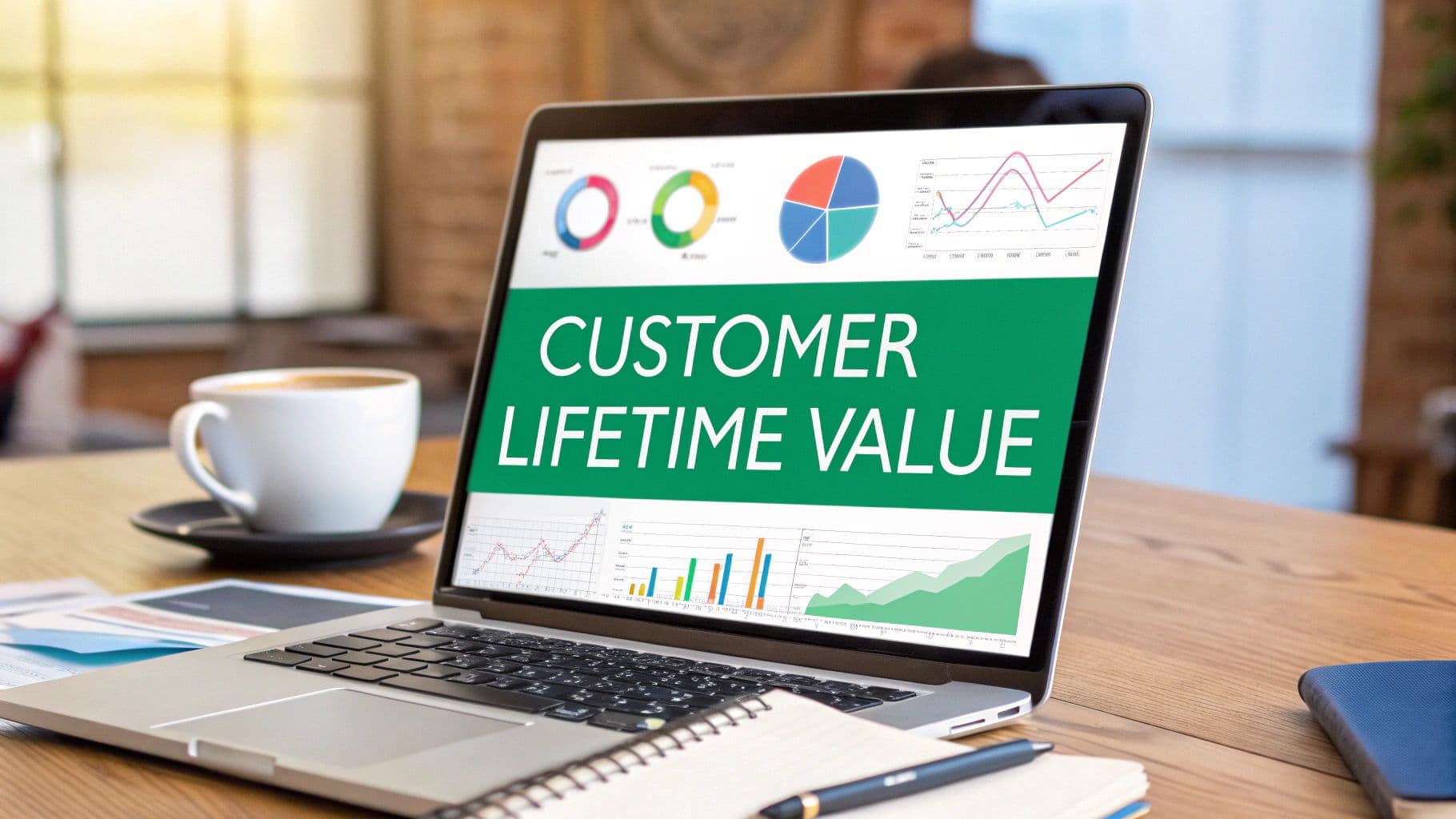
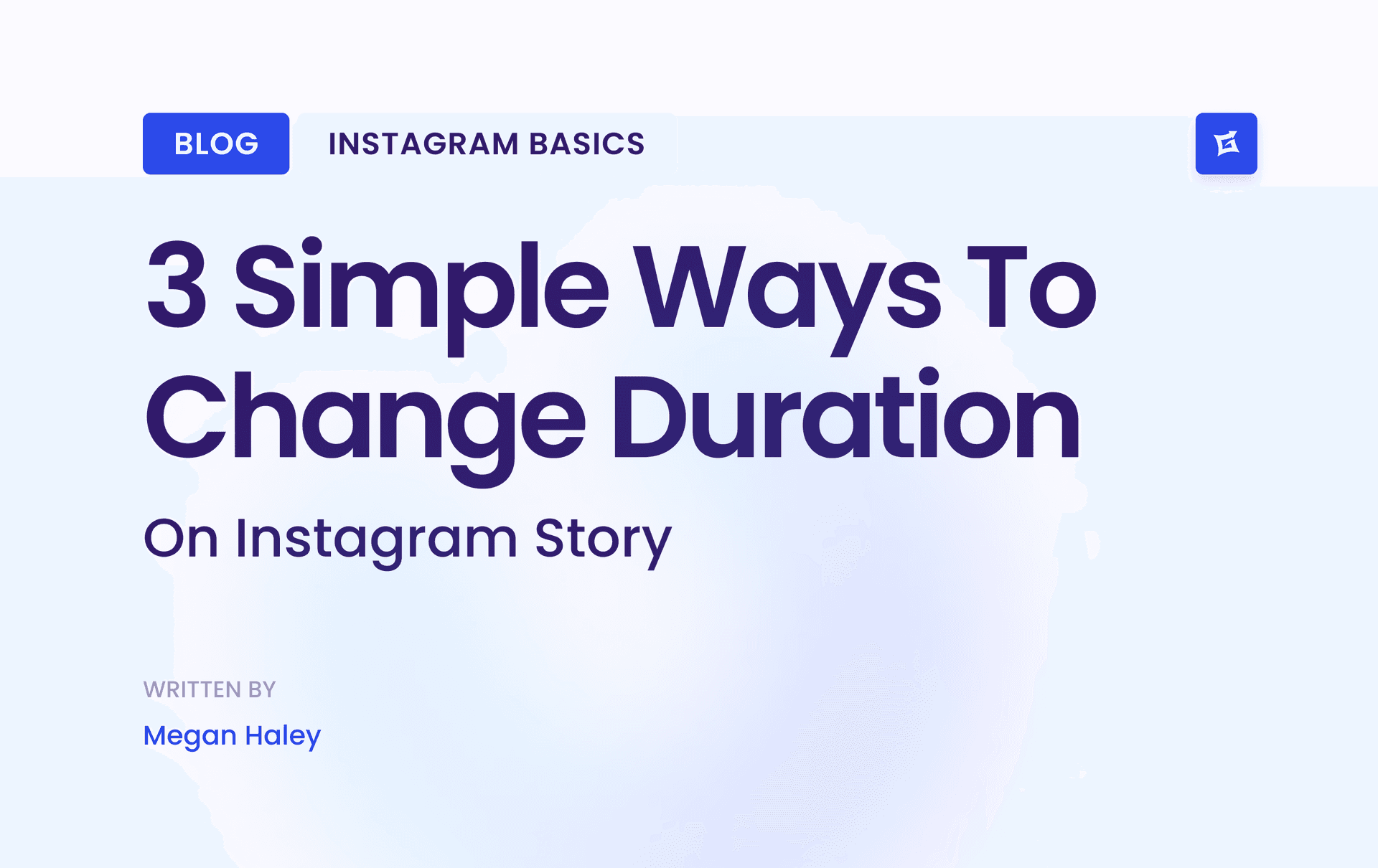
.png&w=1920&q=75&dpl=dpl_Byg4UCPHSaHbHVVtp2RwFp1gwKki)
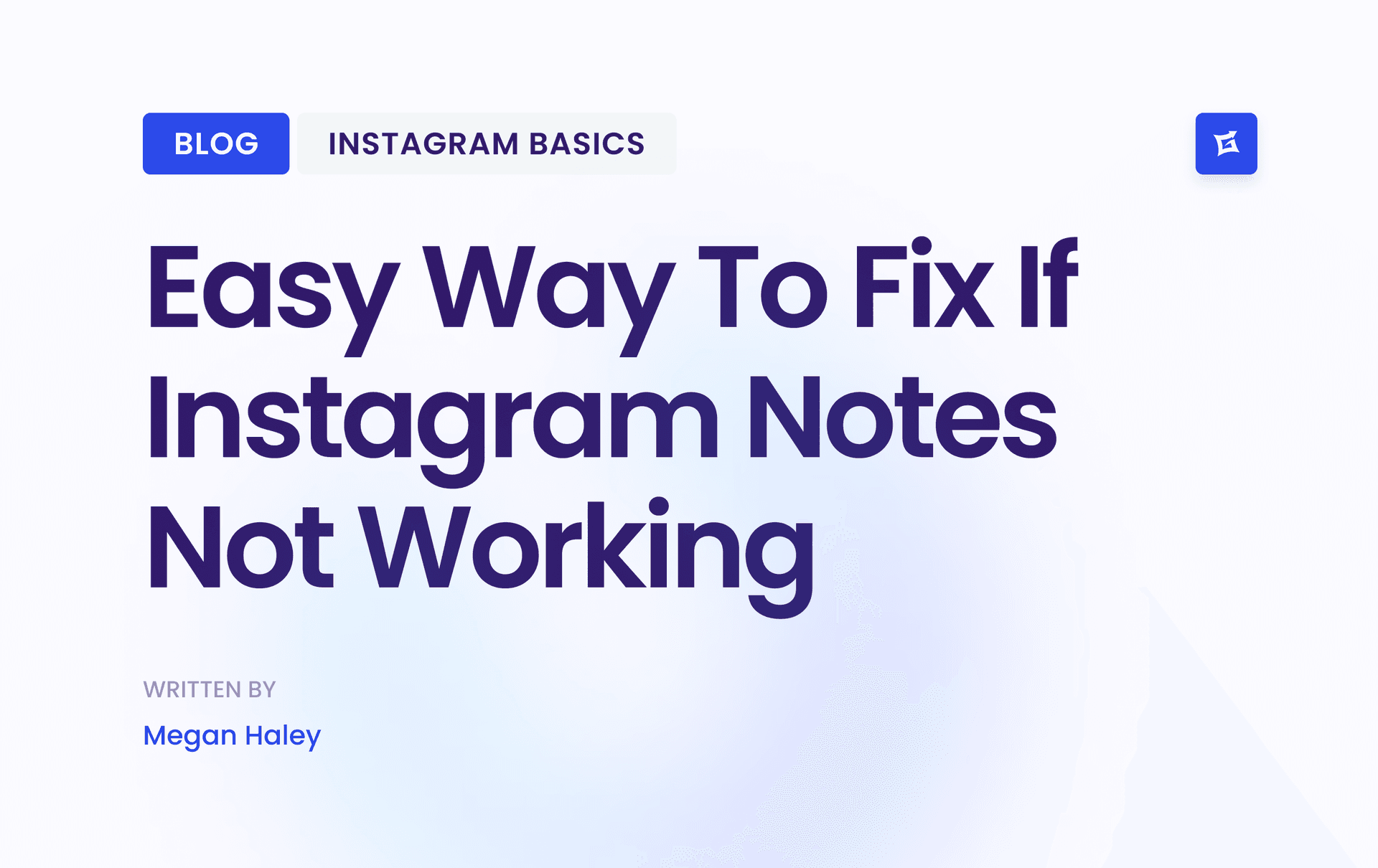
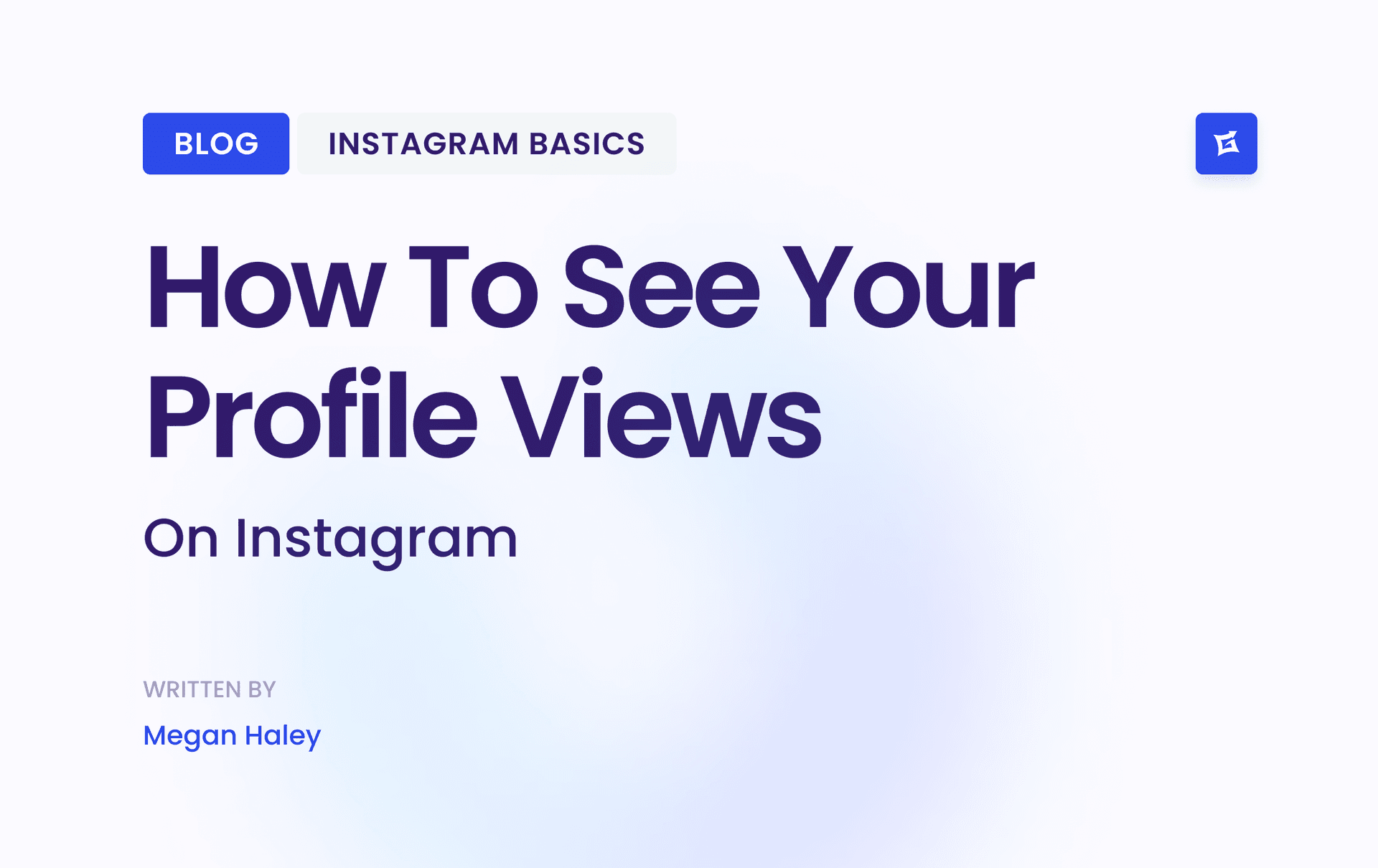
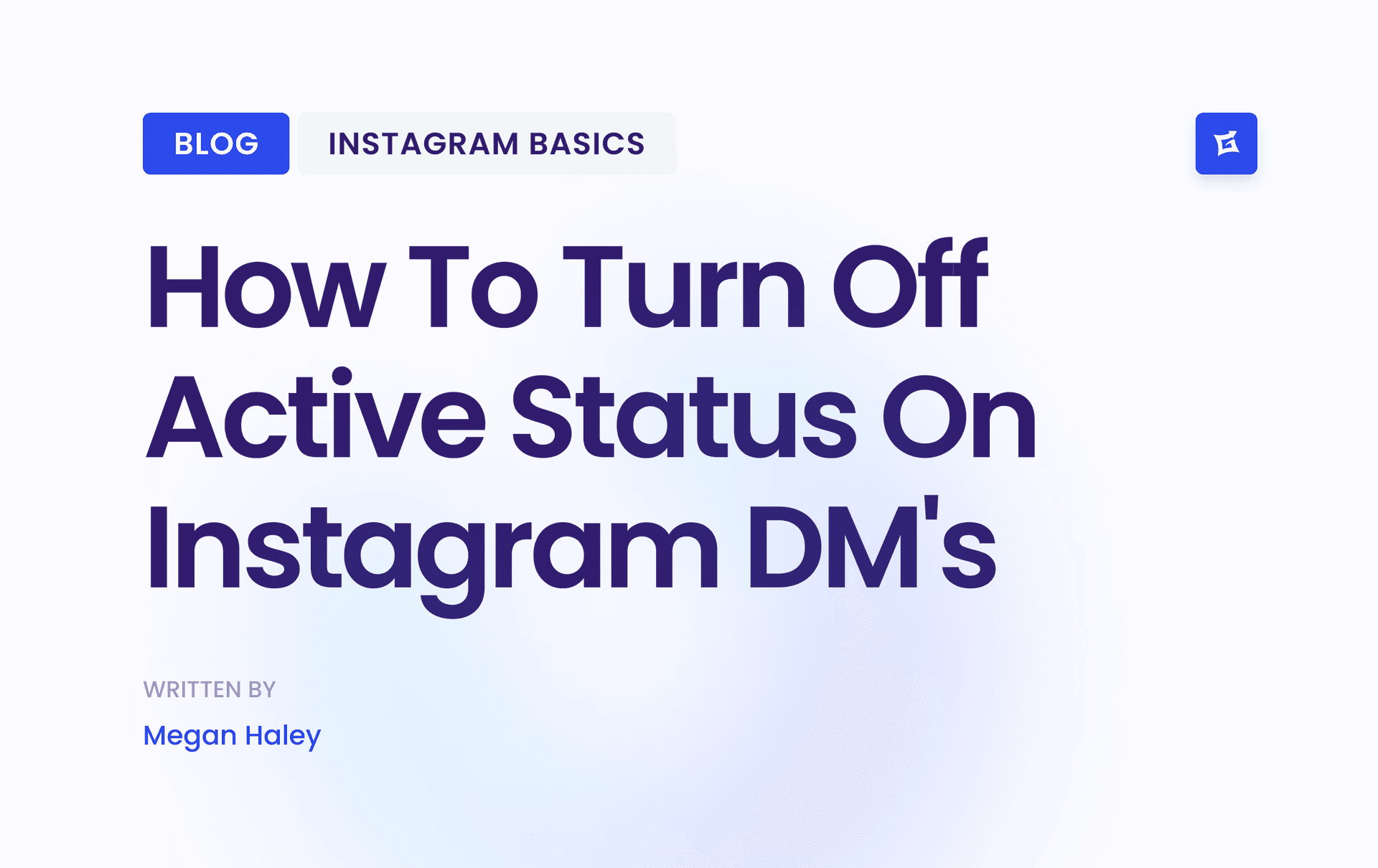
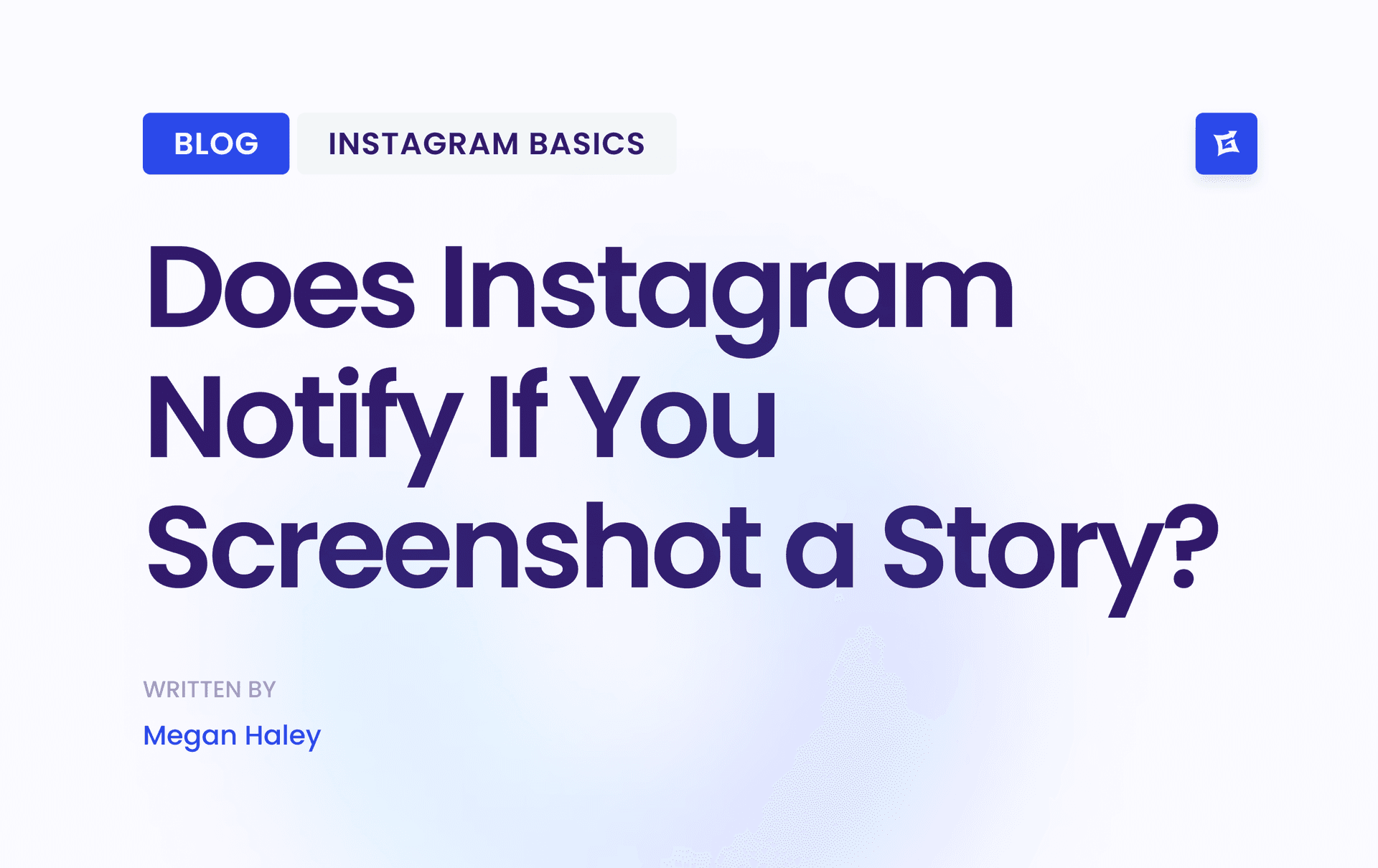



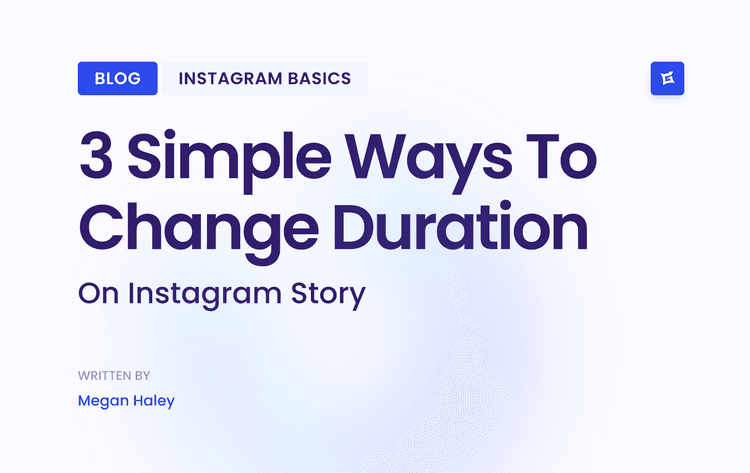
.png&w=750&q=75&dpl=dpl_Byg4UCPHSaHbHVVtp2RwFp1gwKki)
